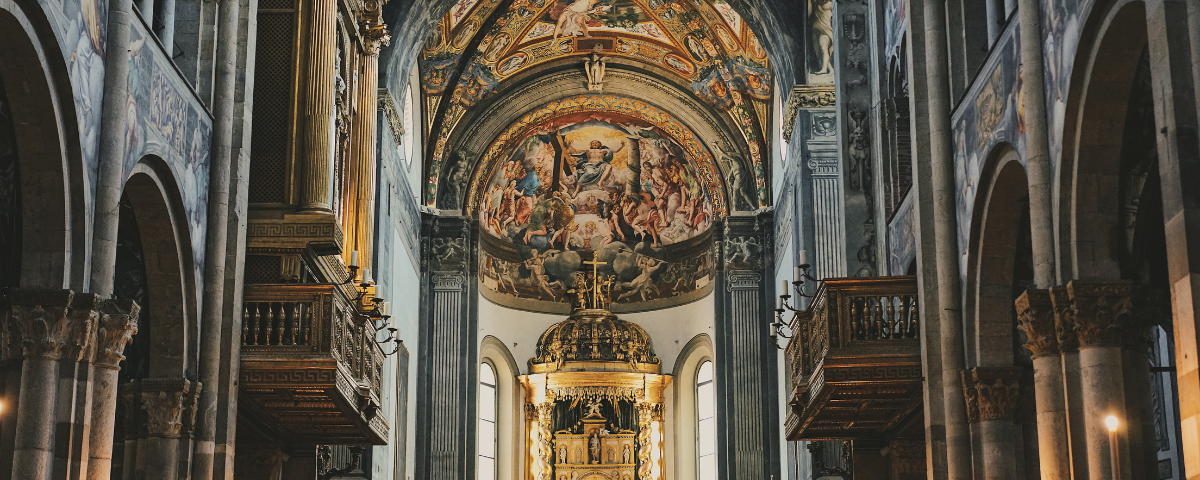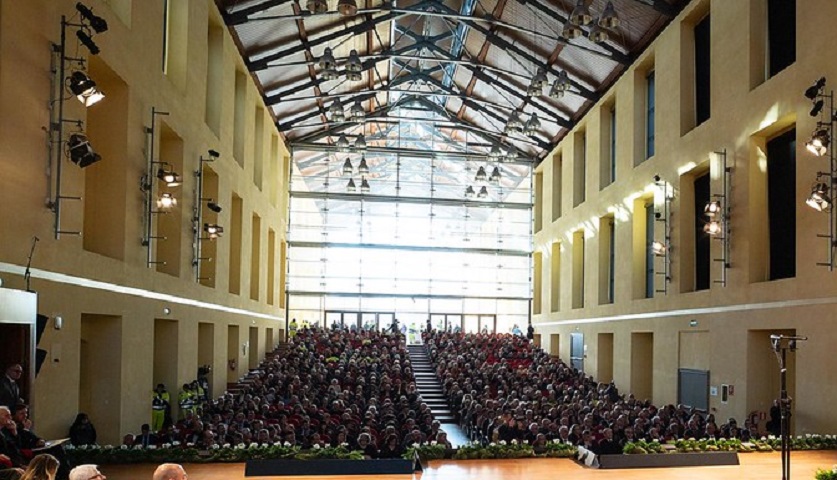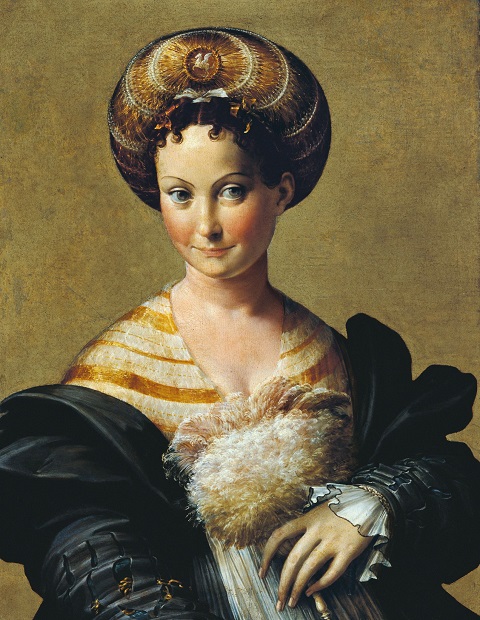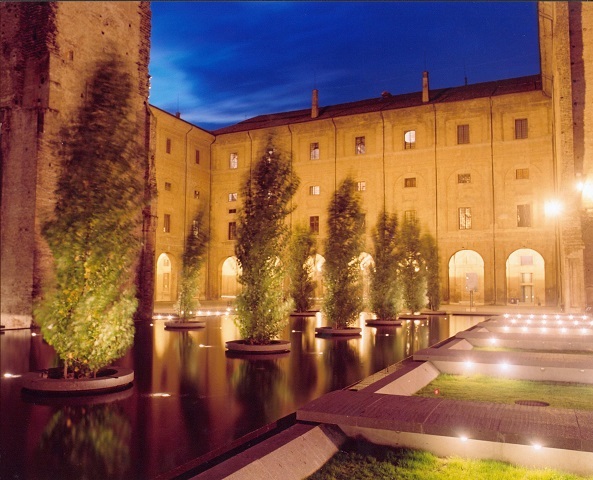The leisure aspect of Parma, Italian Capital of Culture 2020 + 21 and UNESCO Creative City for Gastronomy
To the companies organizing events, Parma Capital of Culture 2020 + 21 offers a prestigious cultural wealth, gastronomy that is Unesco heritage worthy, as well as excellent accommodation and conference facilities.
A multicultural city
Lying in the Po Valley, between the peaks of the Apennines and the slow flow of the River Po, which has always been a crossroads of important cultural and political transits, Parma is one of the main intersections of the ancient Via Emilia, crossed since Roman times by merchants and travellers from near and far places.
Parma is a multicultural city, illuminated and elegant, and equally capable of preserving the traditional values of its land and making the legacy of the past contemporary. Its location, in the heart of Emilia Romagna, along the Milan-Bologna route, is still strategic today: Parma is easily accessible by car or train, with its own international airport.
Parma, Unesco Creative City of Gastronomy and Italian Capital of Culture also in 2021 (extended after the COVID-19 emergency), is a city where there are well-kept, luxurious, intimate and elegant hotels, but also important locations and structures for events and conferences.
The list of venues includes the splendid Teatro Regio, with more than a thousand seats, or the modern Auditorium Paganini, born from the genius of Renzo Piano, or the spaces full of works of art in the Ape Museum, or the vastness of the Pala Verdi, to mention some.
A city steeped in history and culture
For its history, for its cultural prestige, for the evocative power of its illustrious citizens and, last but not least, for its internationally recognized food and wine products, Parma is a privileged place for business meetings, presentations and congresses.
The city offers the opportunity to associate private moments of leisure with business trips and to combine even short (but intense) leisure spaces with duty.
Parma is a city of aristocratic cultural traditions, rich in monuments, precious works of art and opportunities for art and culture lovers: “the Athens of Italy”, as it was called in the eighteenth century for the wealth of its cultural institutions, the elegant social life and attention to beauty.
Benedetto Antelami, Correggio, Parmigianino, Giambattista Bodoni, Giuseppe Verdi and Arturo Toscanini are just some of the most illustrious sons of this fascinating city.
Art lovers can thus dedicate themselves to discovering the extraordinary masterpieces of Piazza Duomo, the medieval heart of the city, such as the Cathedral dedicated to Maria Assunta with the revolutionary dome by Correggio and the Baptistery with the Cycle of Months and Seasons by Benedetto Antelami.
Or visit the Pilotta Monumental Complex, which contains the National Gallery, the Palatine Library, the National Archaeological Museum and the Farnese Theatre.
The National Gallery is the main art collection in the city and is, therefore, an absolute must for anyone who loves the paintings of the Masters. Here you can admire over 700 paintings: from the works of local artists such as Correggio and Parmigianino, including the painting “Turkish slave”; one of the highlights of the collection is represented by the “Head of a girl” called Scapigliata, attributed to Leonardo da Vinci.
A taste of Parma
No stay in Parma is complete without tasting some of the most delicious delicacies the city has to offer.
Parma, Unesco Creative City of Gastronomy, is the centre of the Italian Food Valley, and one of the destinations with the largest number of typical products protected by quality brands in Italy: Prosciutto di Parma Dop, Parmigiano Reggiano Dop, Culatello di Zibello Dop, Porcino mushroom of Borgotaro IGP, Coppa di Parma IGP, Colli di Parma Doc wines and many others.
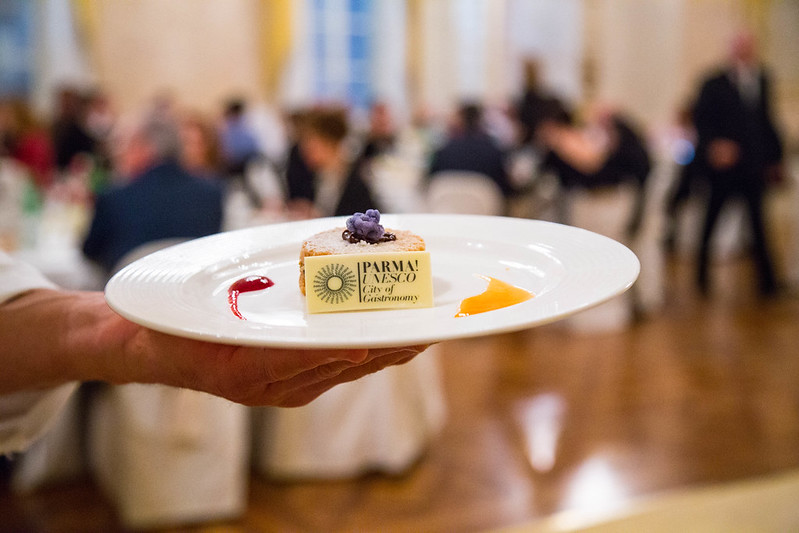
Even before the official designation of UNESCO, Parma could historically be defined as the Italian capital of agri-food and more generally an emblem of national gastronomic culture.
For centuries it has nourished itself with art and music, improving its cosmopolitan vocation at the court of the Farnese, Bourbons and Habsburgs, and devoted a cult to the elegance of Maria Luigia of Austria, wife of Napoleon Bonaparte.
The Apennine hills, with a cool and dry climate, affected by the proximity of the sea, and the low, humid plain, which flows into the Po, were the cradle of a centuries-old agri-food tradition.
The genius loci is at the origin of true works of art of gastronomy.
In Parma, food is a serious matter: it is history, tradition and culture. There are many food and wine experiences to live, so many opportunities to discover the delicious side that can be sensed everywhere in the city, in the villages and in the most bustling streets.
A walk in the city allows you to come across shops, delicatessens, pastry shops almost everywhere: their windows are real paintings in which the works of art of Parma are exhibited: Parmigiano Reggiano, Prosciutto di Parma, Culatello di Zibello, Salame Felino, Colli di Parma wines, preserves, jams, desserts, fresh pasta.
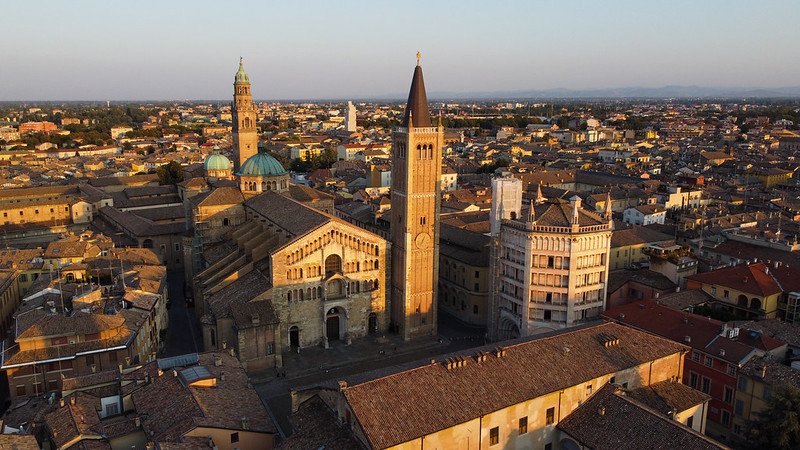
And again restaurants, taverns, trattorias, bistros. Hidden in villages in the shadow of the Baptistery or in the charming squares of the Oltretorrente, in the restaurants you can experience and taste the essence of the city that is genuine, generous, welcoming.
The chef’s recipes, whether classic or modern, are a delicious journey through cold cuts, fresh pasta, sparkling wines, delicious desserts and excellent products that bear the name of the Food Valley high.
Discover the history of your favourite Italian foods
The Parma gourmet experience does not end in the city.
The production companies of the “Parma City of Gastronomy” Product Club are available to open their doors and tell the story of their products.
Listening to the history of excellent products from the voice of those who produce them will reveal a world made of ancient traditions, of knowledge that has been handed down for centuries, of families who have dedicated their entire lives to creating something good to share with everyone.
Thus, inside a dairy, it will be possible to discover that Parmigiano Reggiano has its own special music that only the cheesemaker can interpret; in a ham factory it will be possible to learn that the “sea” wind is one of the secret ingredients of Prosciutto di Parma; in a cellar you can have an aperitif among in the vineyard, admiring castles and breath-taking views.
www.parma2021.it | www.parmacityofgastronomy.it | turismo@comune.parma.it | www.parmawelcome.it
“Creative city of gastronomy, Italian cultural capital 2020-21, academic hub with a sparkling social and artistic life, hometown of the Italian most eminent food valley and near the fabulous motor valley, nestle of an astonishing artistic heritage that blends medieval style with sumptuous and elegant architectures: this is Parma.
Settled in one of the shiniest economic areas of Italy, the city is the perfect combination of industry, services and culture. Its small and plain urban design, as well as its marvellous surroundings, ease the organization incentives, congresses and events. Parma is easily reachable from Bologna and Reggio Emilia high-speed trains, that connect this jewel with Rome, Florence, Venice and Milan.
PCOs will find in Parma abundant business and bleasure possibilities, in an elegantly artistic, happy and welcoming environment.“
Maria Elena Rossi, Global Marketing and Promotion Director, ENIT
This post has been powered by Municipality of Parma – Department of Communication and Territory Promotion.

